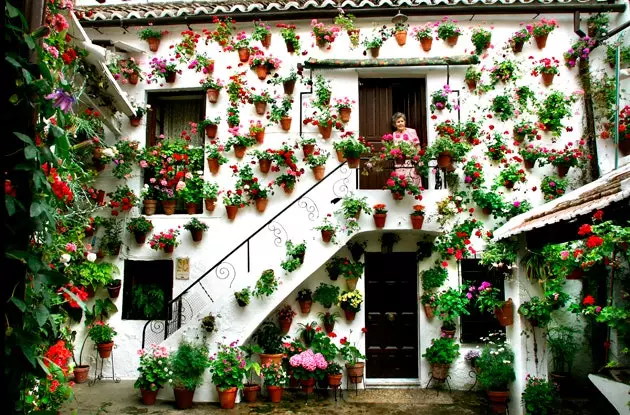
Cordovan patios: nooks and crannies of flowers, white lime and overflowing pots
Córdoba adds a plate, one that is very beautiful and that acts as the Michelin Stars of culture: gives respect, packaging and distinction to its owner . But how did a pique between neighbors become a World Heritage Site? We analyze your keys:
AWARD TO THE CORDOBESES It is true that the patios could have been designated as a cultural asset, since they are not a musical style or a transient cultural manifestation. They are there all year round, exploiting its beauty in each season and taking advantage of the fact that the sun is generous, spreading its rays on the banks of the Guadalquivir. But beyond the tangible and objective beauty of every second of her life, she is the work of their owners, artificers, gardeners and amateur designers who, for the love of art, take care of them all year round with one date in mind: May. That's when the contest begins to know which courtyard is the most beautiful. And that translates into a flourishing in the city, which becomes a great museum where tourists and onlookers parade with a map in hand looking for the most beautiful while the owners/contestants show off their house . This award goes to them, to their extraordinary work, their good taste and their ability to amaze year after year.
The triumph of the May contest has made Córdoba aware of the potential of the activities in these spaces, promoting that they can be visited at any time of the year with a specific excuse. It is true that those that are privately owned are more difficult to exhibit out of date and without a guide, although many leave their bars ajar for the most daring yes Of course, those that are publicly owned they form their own star system , with its routes, its explanatory signs and its media attention.
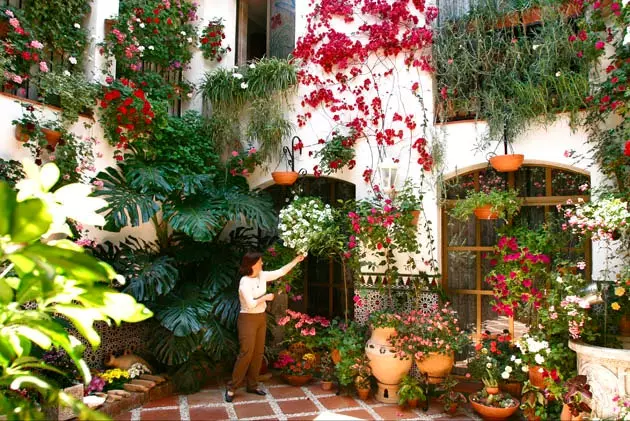
More than an award for Córdoba, it is an award for the people of Córdoba
HISTORY OF THE YARDS Patios, what are called patios, have the majority of Mediterranean constructions. It is a matter of the climate, which favors open space in order to make the most of the hours of sunshine and collect rainwater. They were sublimated and propagated by the Romans, that among its arcades and fountains they conspired against a senator or indulged in bacchanalian pleasure (according to current television series). And the Cordovans began to give it their special touch in the 30s of the last century , when the piques between neighbors, something of its own everywhere, led to a contest. eye, it is a healthy competition that over time has become less fierce , since they have seen how far they have come together, without tensions or non-sporting disputes.
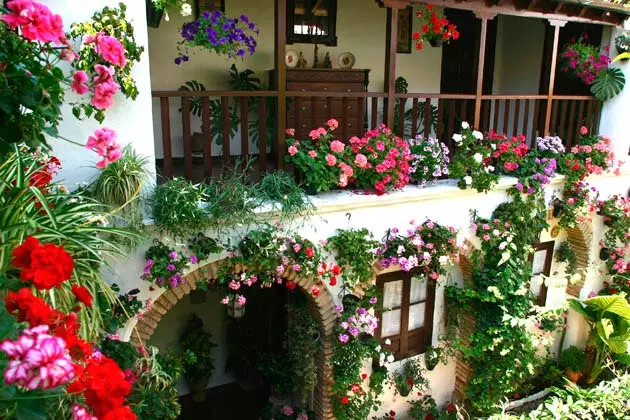
The motto between neighbors could be: horror vacui
NEIGHBORHOODS There is no path more winding and convoluted than the one that joins the most important patios in the city. Most of them are located in the vast old town, in neighborhoods with more character and less exposed brick. Although the latest local ordinances have forced that all construction that rises in the city have this architectural element, the 70s wreaked havoc outside the limits of the old Umayyad capital. Probably the most characteristic neighborhood is the Old Alcazar and around the Mosque . Although if you are in a zigzag street with white walls, look at each door, it will not be that it hides a small treasure. Yes, Córdoba discovers in some and satisfies in others the most voyeuristic instincts.
COMMON AND DISTINCTIVE ELEMENTS What is it that distinguishes a Cordovan patio? The combination of certain elements are the perfect equation for your success. On one side are the pristine white walls , ideal for bouncing the sun's rays and acting as an immaculate canvas. The paintings are the flowers, usually brightly colored geraniums and carnations, although over time new non-endemic species have been incorporated that provide an exotic flavour. The flowerpots They help to finish off the amazing composition with orange and blue colors, very proportionate sizes, big enough to support the plants and small enough not to be the protagonists. Then this the fountain or the well , the heart of the space and that usually plays a fundamental role, either as a support for more plants or as the protagonist of the compositions. Christian imagery It also has an important gap with the altars where the images of Christ and the Virgins dominate the decorations.
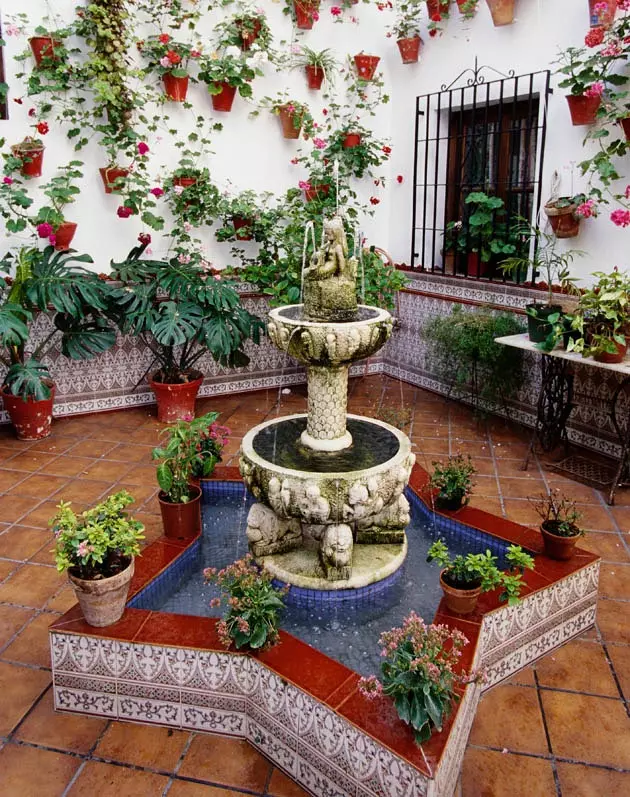
The fountain: an element that, without a doubt, adds points
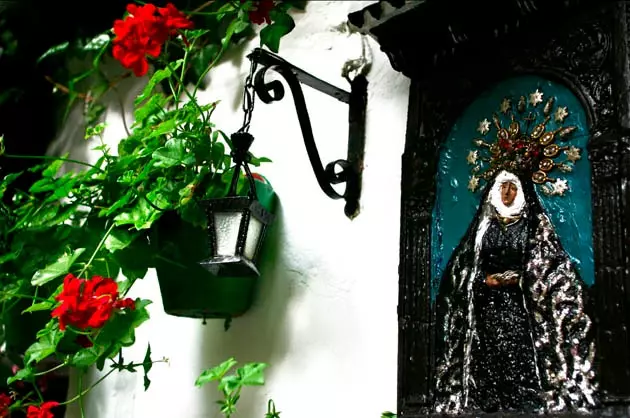
Religious motif of a Cordovan patio
THE COURTYARDS MUSEUM The Viana Palace It is the last great monument of Córdoba. This imposing Renaissance palace had been closed for a long time, intended for private purposes. Until it was reopened a few years ago with the band of being one of the best preserved mansions in Andalusia . But its ethnographic potential was not its only argument. Its opening to the public was done with the intention of being a courtyard museum, a place that concentrates the different ways of understanding these spaces and how the people of Cordoba have designed them and changed them over time. The visit covers a total of 12 examples in which Renaissance architecture dialogues harmoniously with the trees and flowers it shelters. Essential.
*And if you lack reasons, here are nine more to go to Córdoba
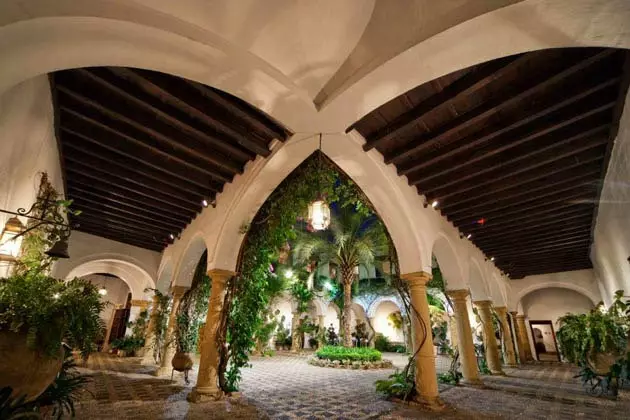
Main courtyard of the Palacio de Viana
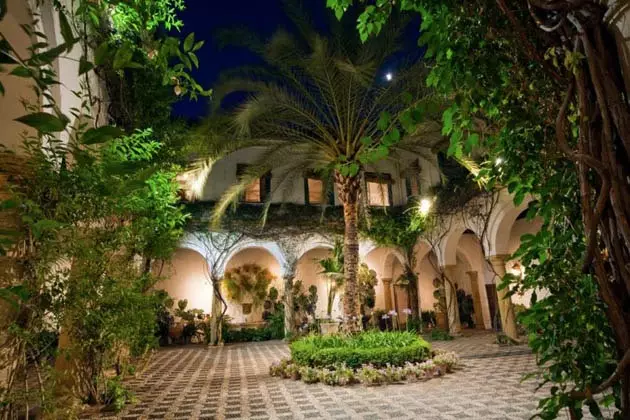
Courtyard of the 'Museum of Courtyards'
